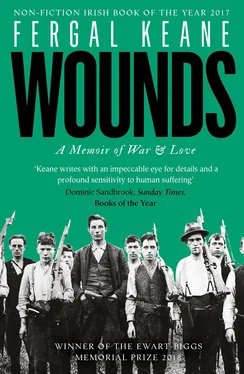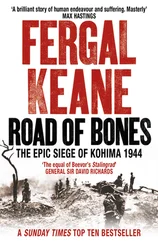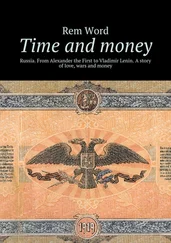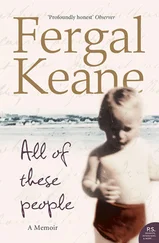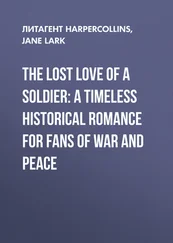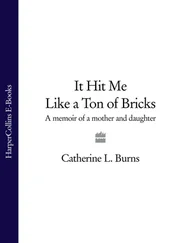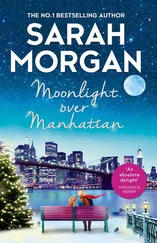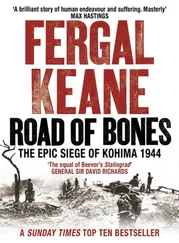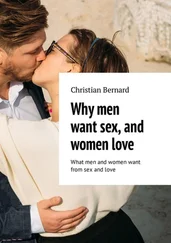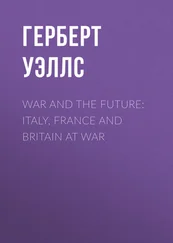Irish history for my father was a series of tragic episodes culminating in the sacred bliss of martyrdom and national redemption. In 1965, the year I was sent to school, Roger Casement’s remains were finally brought home to Ireland. The British had hanged Casement as a traitor in 1916 after he attempted to bring German guns ashore to support the Easter Rising. For nearly fifty years the authorities had refused to allow Casement’s body to be exhumed from his grave in London’s Pentonville Prison, and repatriated. When in March his body was finally brought back to Dublin for burial, my father placed a portrait of Casement on our living-room mantelpiece and told me to be proud of a man who had given up all the honours England could offer in order to fight for Ireland.
On the day of his belated state funeral we were given a half day off from school. The ceremony was broadcast on national television. Our eighty-two-year-old President, Éamon de Valera, defied the advice of his doctors and went to Glasnevin cemetery to tell the nation that Casement’s name ‘would be honoured, not merely here, but by oppressed peoples everywhere’. The following year, Ireland commemorated the fiftieth anniversary of the Rising. I remember a ballad that was constantly on the radio. We sang it when we played games of the ‘Rebels and the English’ in the lanes of Terenure in the suburbs of Dublin. I can recall some of the words still:
And we’re all off to Dublin in the green, in the green
Where the helmets glisten in the sun
Where the bay’nets flash and the rifles crash
To the rattle of a Thompson gun …6
The song, by ‘Dermot O’Brien and his Clubmen’, stayed in the charts at number one for six weeks. There was also a slew of commemorative plays, concerts and films for the fiftieth anniversary. Nineteen sixty-six was a big year for my father. He played the hero William Farrell in the television drama When Do You Die, Friend? , which was set during the failed rebellion of 1798. The performance won him the country’s premier acting award. I watched a video of the production for the first time a few years ago. There is a wildness in my father’s eyes. It erupted suddenly in my present. I felt shaken as the old wildness in his nature flashed before me.
I was later sent to school at Terenure College, a private school run by the Carmelite order, where there was conspicuously little in the way of nationalism apart from some small echoes in the singing classes of Leo Maguire, a kind man we nicknamed ‘The Crow’, whose radio programme on RTE featured such staples as ‘The Bold Fenian Men’ and ‘The Wearing of the Green’, harmless stuff in those becalmed days. What I did not know was that during the Civil War the IRA blew up a Free State armoured car outside our school, badly wounding three soldiers and two civilians. None of that bloody past whispered in the trees that lined our rugby pitches.
On Easter Sunday 1966, my father took me into Dublin to watch the anniversary parade of soldiers passing Dublin’s General Post Office. De Valera was there to take the salute, although he stood too far above the heads of the crowd for me to see. Elderly men with medals formed a guard of honour below the reviewing stand. They did not look like heroes; they were just old men in raincoats and hats. Only the dead could be heroes. Like Patrick Pearse, my personal idol in those days. He was handsome and proud and gloriously doomed. My father often recited his poems and speeches.
I read them now and shiver. After nearly three decades reporting conflict I recognise in the words of Pearse a man who spoke of the glory of war only because he had not yet known war: ‘We must accustom ourselves to the thought of arms, to the use of arms. We may make mistakes in the beginning and shoot the wrong people,’ he wrote, ‘but bloodshed is a cleansing and a sanctifying thing, and a nation which regards it as the final horror has lost its manhood. There are many things more horrible than bloodshed; and slavery is one of them.’7
In Ireland they were still shooting the ‘wrong’ people a hundred years after Pearse’s death. The dissident Republican gunmen who swore fealty to his dream, and the criminal gangs who killed with weapons bought from retired revolutionaries, were at it still.
The following year, at Dublin’s Abbey Theatre, my father played the lead role in Dion Boucicault’s The Shaughraun , a melodrama set during the Fenian struggles of the mid-nineteenth century. Early in the play one of the characters speaks of the dispossession of her people by the English and swears vengeance: ‘When these lands were torn from Owen Roe O’Neal in the old times he laid his curse on the spoilers … the land seemed to swallow them up one by one.’8 Eamonn played a roguish poacher who outwits the devilish oppressors. During the play he was shot and seemed to be dead. I had been warned that it would happen but the impact of the gunfire, the sight of him falling, apparently dead, was still traumatic. Afterwards I found him alive backstage. My first experience of the power of the gun ended in smiles and embraces.
I was sent to Scoil Bhríde, an Irish-speaking school in the city which had been founded by Louise Gavan Duffy, a suffragist and veteran of the 1916 Rising, and built on land where Patrick Pearse first established a school in 1908. Michael Collins reputedly hid there during the guerrilla war against British rule in Ireland. We children read aloud the 1916 Proclamation of the Republic and memorised the names of the fallen leaders. ‘We stood twice as tall,’ Bean Uí Cléirigh, my old teacher, told me years later. ‘We felt we could stand with any nation on earth.’9 All I had to do was breathe the air of the place to feel pride in the glorious dead.
I learned that heroism in battle came from a time before the wars with the English. My father read to me the legend of Cù Chulainn, our greatest hero, who loomed out of the mythic past dripping in the gore of his enemies. Pitiless and self-distorting violence runs through the narratives:
The first warp-spasm seized Cú Chulainn, and made him into a monstrous thing, hideous and shapeless, unheard of. His shanks and his joints, every knuckle and angle and organ from head to foot, shook like a tree in the flood or a reed in the stream. His body made a furious twist inside his skin, so that his feet and shins switched to the rear and his heels and calves switched to the front … The hair of his head twisted like the tangle of a red thornbush stuck in a gap; if a royal apple tree with all its kingly fruit were shaken above him, scarce an apple would reach the ground but each would be spiked on a bristle of his hair as it stood up on his scalp with rage.10
Cù Chulainn met his end strapped to a stone, sword in hand, facing the corpses of his enemies piled in walls around him, a raven perched on his shoulder as he faced his last reckoning with the enemies of Ulster. He died gloriously, of course.
My father was of a generation schooled in classical literature. He could read in ancient Greek, in which he came first in Ireland in the Leaving Certificate exams, and as a boy heard his father read Homer’s Iliad aloud, until he was old enough to read it for himself. In the previous century, Irish peasant children had listened to the stories of Achilles and Ulysses from roadside teachers. A German travel writer visiting north Kerry in 1842 discerned a more dutiful reason for the prevalence of Latin speakers among local shepherds, recording that it was ‘generally acquired in reference to the church … it has not been purely for the sake of the aesthetic enjoyment to derived from it or simply for the cultivation of their minds’.11 But such rich cultural reference did influence minds, and it took no vast leap of the imagination to see in our own Cù Chulainn a hero to compete with Achilles.
Читать дальше
